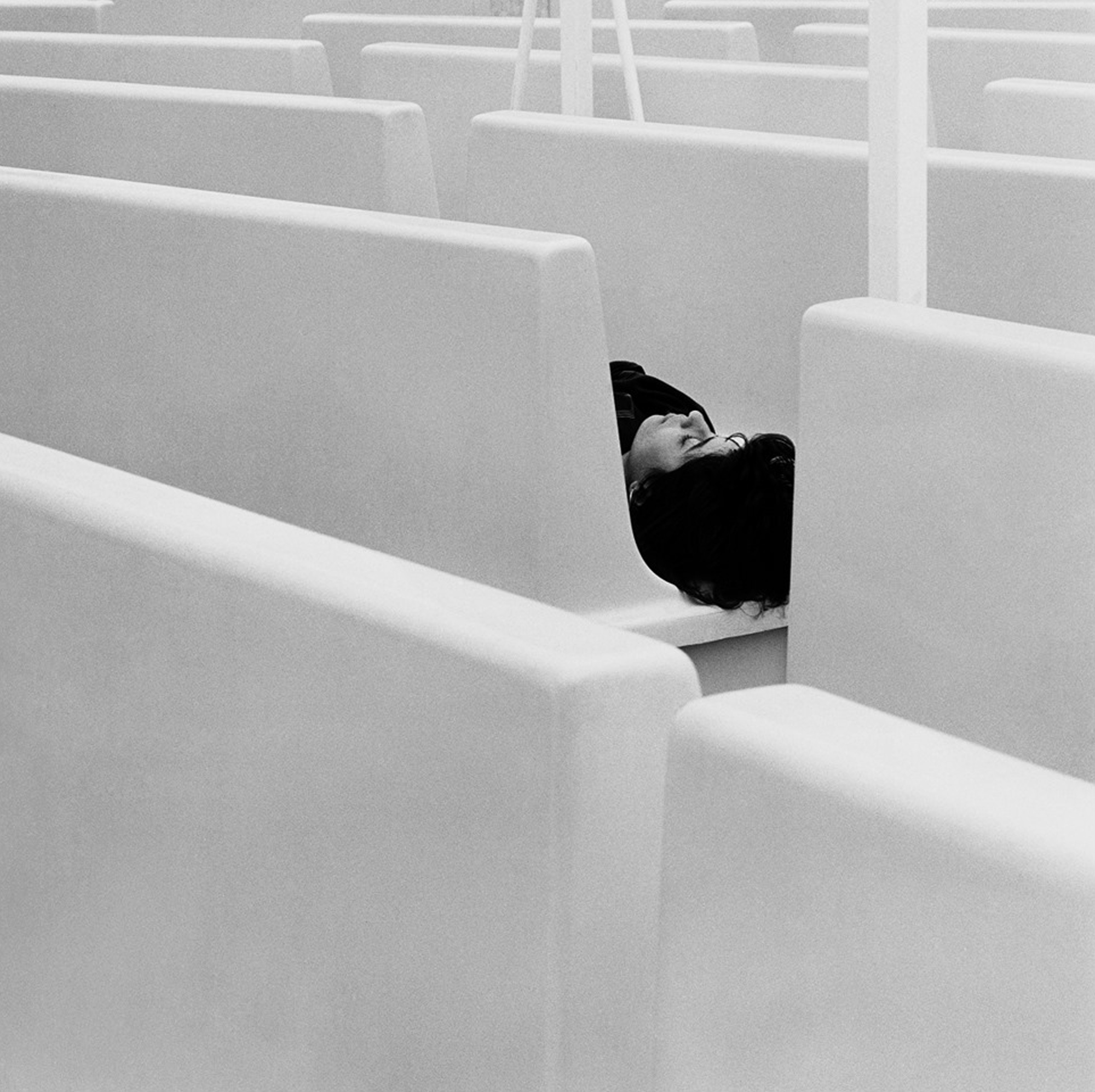Ariana Pradal • 09.04.2019
Sweet Dreams –
You lie in the bed you make.
We sleep for around eight hours a day. This constitutes one third of the day, the year, and hence also our life. That’s too much time for not getting enough sleep. You lie in the bed you make, as the saying goes.
We often consider the way we sleep in isolation. If we get up in the morning still feeling tired, we blame it on the quality of the mattress, perhaps also our pillow. But falling asleep and getting a good night’s sleep require a holistic approach, involving light, temperature, routine and our behaviour. There needs to be an increasing awareness among the Swiss that the quality of sleep not only depends on our eight hours of sleep in bed, but actually starts before that.
In a large-scale study undertaken in German-speaking countries, IKEA has asked 8,300 participants about their sleeping habits. The ranking list of factors on which sound sleep depends is as follows: In first place, with 59%, is room temperature, which is followed, with 56%, by comfortable bedding, and finally, with 49%, comes a peaceful environment. And almost a quarter of participants stated that they would like to modify their bedroom accordingly.
The best way of going about this is to start with your bed. As advised by Johanna Zimmermann, Managing Director of Colombo la Famiglia. As a home specialist, she has been working in interior design and also furniture and textile procurement since her apprenticeship as an interior decorator. She has had innumerable conversations with customers wishing to have their bedroom re-designed. She knows what it takes to enable us to relax in our beds at night. In addition, she completed her training as Alpha CHI Consultant in 2005. She describes this activity as acupuncture on the building. You don’t see anything, but you feel it.
Mrs Zimmermann, when people come to you because they want to refurbish their home, which room do they look at first?
We sell sofas most of all. So the lounge is often the first room we discuss, as it’s used for socialising and the family. Then come dining rooms and bedrooms. The bed and mattress are of great importance for the bedroom.
Is the bedroom not considered as a whole?
Treating the topic of sleeping in a holistic way is not something that is prioritised in Switzerland. It’s not just about the furniture arrangement and lighting, but also the positioning of the bed. Where’s the door, the window? People must be able to relax in their bedroom. They need to feel protected and secure. Just as people did in their caves. The large windows of contemporary architecture are not suitable for bedrooms. They leave you feeling exposed. That’s why curtains are important. They shut out the light and, at the same time, protect you from the glances of others.
What is essential in your view?
Any kind of resonance or sound wave is bad in a bedroom. Whether this is the ticking of an alarm clock, church bells outside, noise from neighbours or electrosmog from various devices. This is all misinformation that disturbs our sleep. Humans become accustomed to disturbances but, for this reason, the situation is still far from ideal. You should, therefore, choose the quietest room of your home for your bedroom, and take acoustics into consideration when furnishing it. Your head also needs to be protected. For this reason, I tend to recommend beds with a headboard to customers, even if the bed is standing next to a wall. Take small children as a comparison. When they sleep, we often protect them with pillows, to prevent them from banging their head.
What, in your view, is the biggest mistake in bedroom design?
When people want to use their bedroom for many other activities: Desk, TV or library. This means the spirit never comes to rest. A bedroom should ideally be empty, have a peaceful ambiance and it should not be used for any other purpose than sleeping and relaxation.
What do you advise customers who want to refurbish their bedroom?
The Swiss need to be more daring. Beige and grey always go well together. But why not try painting the room in dark stripes and furnishing it with dark furniture and textiles? As yet, I haven’t been able to furnish a room in this way, but I’m sure a lot of people would sleep better in one than in a white room with white furniture and textiles. We should also question our old habits and not just decorate as we’ve always decorated. All customers want a reading lamp on the little bedside table, for example, even those who never read.
But a little light is needed, surely?
Of course. But why on the bedside table, which doesn’t have much space for it? If you don’t read very much, why not have pendant lights on either side of the bed? They look nice, and save space on the small bedside table. It’s worthwhile questioning some items of furniture and their use, if you’re thinking about refurbishing a room.
Are there any trends when it comes to bedrooms?
Fashion trends lag a little behind in the world of furniture too. Over the past five years everything has become more opulent again in the world of home furnishings. In bedrooms nowadays, for example, you can find soft cashmere leather, velvet or thick pile carpets, which even leave foot prints. Or lots of big pillows. There is also increasingly a need for each person to have their own room and bed, as they realise their partners have quite different sleeping habits. Or people have an alternative bedroom, where they can sleep in peace when necessary, if someone falls ill, for example, or if they need to get up early at different times.
Photography: AUGUSTO DI LUCA – SLEEPING IN GEOMETRIE, 1983
